SCAE Continuing Education and Meetings
Catch up on what’s new in dentistry and in Endodontics.
Your connection to Endodontics in Southern California.
Mission Statement of the Southern California Academy of Endodontics
To help maintain a high standard of endodontic practice by
presenting continuing education programs.
To help promote an interchange of ideas among its members
on methods of pulp conservation and endodontic techniques or procedures.

Current Program:
- Sharon Lu, DDS
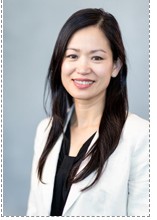
Saving teeth with “BIG LESIONS”
Dr. Sharon Lu earned her BS degree from UC San Diego in 2000, her DDS degree
from UCLA School of Dentistry in 2005. She then did a one year GPR at Long
Beach VA Hospital after which she completed her residency program in endodontics
at Long Beach VA Hospital in 2011. She has been in private practice limited to
endodontics since 2012 in Fountain Valley, Califronia. Dr. Lu is active in organized
dentistry, and serves as the imeediate past president of SCAE. She has two daughters,
Katelyn, 13 and Kristen, 11 and is married to Brian a local clinical and academic
nephrologist.Patients and clinicians are often confronted with situations where a tooth can be saved by either endodontic treatment/retreatment/surgery or extraction and replacement with an implant. This presentation will show a case series where a methodical approach to assess the viability of saving teeth with “BIG LESIONS” as opposed to extraction and replacement with an implant.
At the end of this presentation, the audience will:
- Review a case series involving “Big Lesions” to determine when endodontic treatment is appropriate and when alternative approaches may be indicated.
- Learn how to conduct comprehensive clinical and radiographic examinations, including thorough periodontal evaluation, pulpal vitality testing, and periapical assessment.
- Emphasize the importance of detailed patient evaluation in the diagnosis and management of Endo-Perio lesions.
Nishan Odabashian, DMD, MS
Endodontic treatment according to Dr. NO
Let Mother Nature guide your treatment protocol
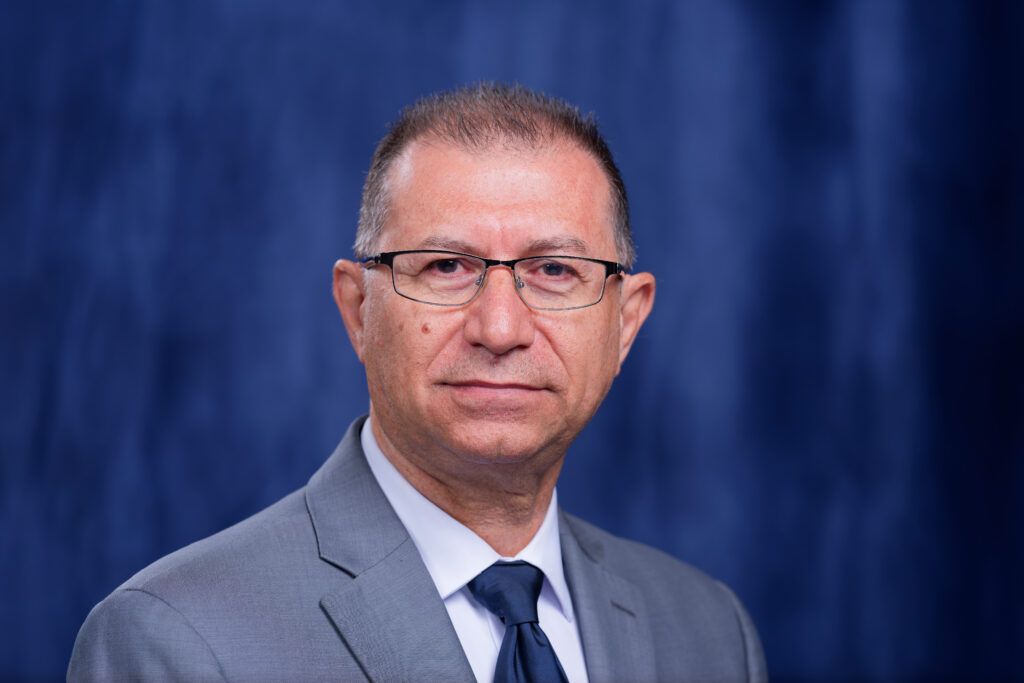
Dr. Nishan Odabashian received his DMD degree from Tufts University School of Dental Medicine in 1991 and his Certificate of Endodontics in 2001, and a Master of Science degree in endodontics in 2003 from Loma Linda University. He has served as District VII Director of the AAE and is a past president of the Glendale Academy of Dentists, the California State Association of Endodontists, and currently serves as the president of SCAE. He has served on many committees both at the AAE, and the IAE. He has lectured locally, nationally and internationally. He is married to Lilit and has three children; Galia, 20, Serge 18 and Noah, 15. He enjoys playing weekly bridge.
Endodontics has seen a paradigm shift in the recent past among some clinicians. Endodontists who subscribe to the minimally invasive concept have modified their focus of endodontic treatment from an endodontically driven procedure to a restoratively-driven one, where the structural integrity of the tooth is given much more weight than in conventional endodontic treatment. Endodontic research has traditionally focused on process-centered procedures, such as file size, shape, design, sealer type, preparation size, irrigant type and concentration, etc., whereas with restoratively-driven endodontics, the patient-centered outcome–tooth retention and asymptomatic function, etc. is put front and center, with less emphasis on the process. The Toronto outcome studies in the early 1990’s, led by Dr. Shimon Friedman were the early research that looked at outcome studies in tooth survival. Later, the group led by Glubabivala, Ng, et. al. at the Eastman Kodak Center in the UK tried to associate process-centered attributes to outcome. IN this presentation, Dr. Odabashian will present cases from his private practice where he discusses how he allows nature guide his treatment protocols with short, medium and longer term follow ups.
Learning Objectives: After this presentation, the attendee will:
1: Be able to recognize the restoratively driven endodontic principles;
2: Be able to recognize the advantages of endodontic treatment that leverages existing caries, and restorations in preparing appropriate accesses that reduce tooth removal;
3: Be able to determine why and when minimally invasive endodontics is deemed optimal for the longer term survival of the tooth.
Saturday, February 28, 2026
The changing role of endodontics in interdisciplinary care
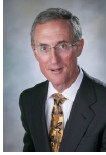
BIOGRAPHY: Dr. Rick Schwartz was a restorative dentist for 19 years prior to entering post-graduate training in endodontics. He attended a 2-year general dentistry residency, and then did a combination of private practice, teaching and dental materials research before entering endodontic training in 1996. He has authored over 100 articles and abstracts and was a cover author on 3 editions of “Fundamentals of Operative Dentistry” by Quintessence Publishing Co. He is first author of the book “Best Practices in Endodontics, A Desk Reference”, recently published by Quintessence, and is a cover author on “A CBCT Primer for Endodontics “, soon to be published. For the past 17 years he has been in full time private practice limited to endodontics in San Antonio, TX. He has lectured in 15 countries.
“The Changing role of Endodontics in Interdisciplinary Care”
Dr. Schwartz will conduct a case-based interactive session on decision-making and treatment planning in endodontics. Emphasis will be on the role of endodontics in multi-specialty care and how endodontic treatment can improve the outcomes in other areas of dentistry, including “pre-implant endodontics”. He will present case histories and lead the audience through the thought process of diagnosis, case selection, endodontic considerations, restorative considerations and execution of the treatment. After discussion of each case he will show how he treated the patient and discuss his rationale. He will also discuss the use of “decision points” in treatment planning, risk/benefit/cost analysis, and “special situations” such as managing resorption, fractures and perforations. Many long-term recalls will be presented.
Learning Objectives: At conclusion, participants should be able to discuss:- Management of a wide variety of every day endodontic scenarios.
- Management of some less common endodontic scenarios.
- A logical, organized approach to endodontic treatment planning.
- How Cone Beam CT has changed the decision-making process in endodontics.
- February 22nd, 2025: Dr. Fred Barnett
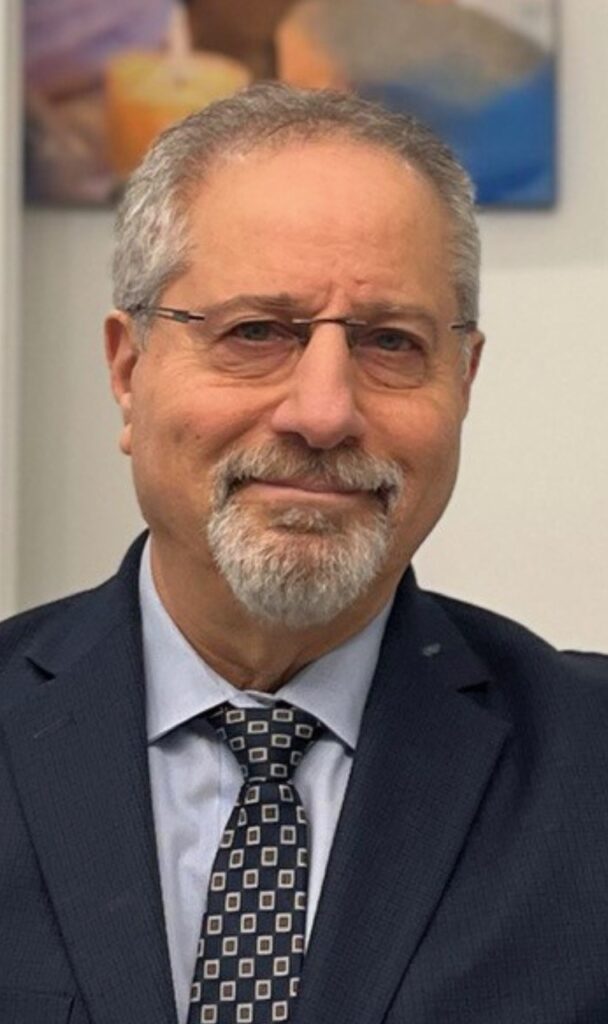
Frederic Barnett, DMD, FIADT, FACD, FICD
Dr. Barnett received his DMD degree in 1978 and his Certificate in Endodontics in 1981, both
from the University of Pennsylvania, School of Dental Medicine. He received his Board
Certification in Endodontics in 1988, has served as the Director of Postdoctoral Endodontics at the University of Pennsylvania, and is currently the Chairman and Program Director of the IB Bender Postdoctoral Endodontic Program at Albert Einstein Medical Center in Philadelphia. Dr. Barnett has written numerous scientific and clinical papers and has lectured nationally and internationally on the Treatment of Endodontic Infections, Revascularization, Dental Trauma, Root Resorption and Contemporary Endodontic Treatment, including lasers and multisonic irrigation. Dr. Barnett is a Fellow of the International Association of Dental Traumatology, the International College of Dentists, the American College of Dentists, and received an Associate Fellowship from WCLI Laser Institute in 2024. He received the Edward M. Osetek Educator Award in 2017 from the AAE and the 2018 Community Service Award from the Philadelphia Business Journal for providing endodontic services for the homeless in Philadelphia. He currently serves on the Advisory Board of the Dental Traumatology Journal, is a Director of the International Association of Dental Traumatology and a former Associate Editor of the Journal of Endodontics. Dr. Barnett had been in private practice in Endodontics from 1981-2011Lasers in Endodontics- advanced irrigation, soft & hard tissue procedures
Description: It is well known that root canal preparation does not eliminate all tissue,
microorganisms, and biofilm from the root canal system which is why irrigation with
antimicrobial agents is critical for success. Different agitation techniques have been proposed to improve the efficacy of irrigation solutions traditionally delivered by syringes, including sonic and ultrasonic devices. The use of erbium lasers has gained popularity over the past several years because of the beneficial cavitation, shock waves, shear forces and acoustic streaming effects created by that wavelength. This presentation will address the use of erbium lasers for conventional endodontic treatment as well as for soft and hard tissue procedures.Learning Objectives: At conclusion, participants should be able to:
- Understand some basic laser physics and laser-tissue interactions.
- Understand the mechanism of action of erbium lasers and its interaction with water,
irritants, and soft and hard tissue. - Understand how the incorporation of erbium lasers will streamline endodontic treatment.
- 2024-2025: Dr. Mahmoud Torabinejad
Sunday, November 3rd, 2024
Registration/Breakfast 8:00am – 9:00am
Lecture 9:00am – 1:00pm
“Do’s and Don’ts of Endodontic Microsurgery; From Diagnosis to Prognosis”
By MAHMOUD TORABINEJAD, D.M.D., M.S.D., Ph.D.
Many advances have been made in the surgical endodontics in the past few years that have increased the feasibility and predictability of this procedure to save natural dentition. These include enhanced magnification and illumination, ultra- sonic tips, micro instruments, newer root-end filling materials, and the use of cone beam computed tomography. In this lecture the presenter will discuss the do’s and don’ts of endodontic microsurgery before, during and after this procedure. They include do’s and don’ts during treatment planning, record keeping, do’s and don’ts during anesthesia, flap design, ostectomy, root end resection, root end cavity preparation, root end filling and suturing as well as post operative instructions and complications. The primary objective of this lecture is not to teaches the attendees how to perform endodontic microsurgery, but provide them with pitfalls of this procedure from diagnosis to prognosis and discuss the latest science and technology behind the various aspects of this procedure.
Objectives:
After attending this lecture, the participant should be able to:
- Elaborate the do’s and don’ts during treatment planning, and record keeping,
- Discuss the do’s and don’ts during anesthesia, flap design, ostectomy, root end resection, root end cavity preparation, root end filling and suturing and
- State the do’s and don’ts regarding post operative instructions and complications..
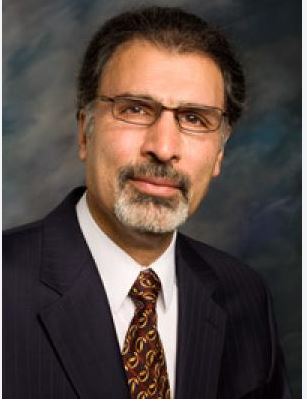
Mahmoud Torabinejad, D.M.D., M.S.D., Ph.D.
Dr. Torabinejad is president and director of the Endodontic Institute of Surgical Education and Research Foundation. He is a professor of endodontics and former Director of the advanced specialty education program in endodontics at Loma Linda University (LLU) School of Dentistry. Currently, he is professor of endodontics at LLU, research professor at the University of Minnesota, Dean’s professor of endodontics at the University of Maryland, affiliate professor of endodontics at the University of Washington in Seattle and adjunct professor of endodontics at the University of Pacific in San Francisco and University of California in San Francisco. He is a diplomate of the American Board of Endodontics. He has authored eight textbooks and more than 350 publications. He is the #1 author of citations in classic articles in the field of endodontics and # 1 author of citation for pulp regeneration. He has presented over 250 lectures nationally and internationally in over 40 countries. He has over 20 patents and no financial interest in any of them at this time. He received several awards from LLU during his 42-year tenure at LLU. They include: the LLU Centennial Van Guard Award for Healing, the Distinguished Research Award from the Dental School, and the LLU distinguished investigator award. He is the recipient of the Louis I. Grossman Award of the French Association of Endodontists. He has received the Ralph F. Sommer Award of the American Association of Endodontists (AAE) twice, Louis I. Grossman Award of the AAE, Philanthropic award of the Foundation for Endodontics, the Edgar D. Coolidge Award of the AAE. Recently , in recognition of his contribution to the field of endodontics, University of Washington in Seattle, Washington established and Endowed Chair under his name. He is a past president of the Southern California Academy of endodontists, California Association of endodontics and past president of the AAE and its Foundation.
- 2024: Harel Simon DMD
“Minimally Invasive Restoration of Endodontically Treated Teeth: Post, Core, Crown? Or maybe something completely different”
Date: March 9th, 2024 | Location: UCLA Faculty Center
Modern restorative dentistry involves a plethora of dental materials and techniques. While a debate may exist as to which material is indicated in what situation, it is important to understand the fundamental principles of prosthodontics that are essential to successful and predictable restoration of endodontically treated teeth. The purpose of this presentation is to focus on treatment planning principles of endodontically treated teeth and review current concepts of their restoration.
Learning Objectives:
- Decision criteria regarding the restorability of endodontically treated teeth
- Minimally invasive multi-disciplinary approach to treatment
- Treatment options to restore endodontically treated teeth
- Restorative material options
- Are posts, cores and crowns needed?
- How to approach patients who would like to save teeth “at all costs”?
- Restoration of severely compromised teeth?
- Margin elevation technique instead of crown lengthening?
- Bonded restorations instead of intentional endodontic treatment?
- Multi-disciplinary decision algorithm to performing endodontic retreatment
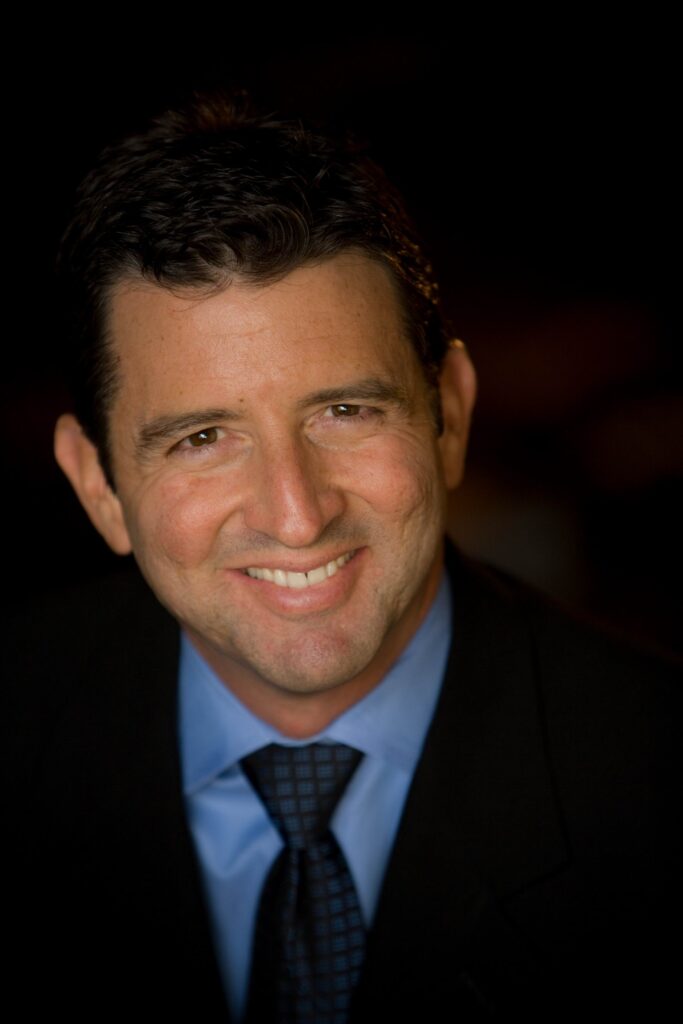
Dr. Harel Simon received his DMD degree from the Hebrew University, Jerusalem, Israel and his specialty certificate in advanced prosthodontics from UCLA School of Dentistry. Dr. Simon has conducted research, published and lectured nationally and internationally on esthetics and implant prosthodontics. He has been a featured speaker at the Academy of Osseointegration, Academy of Prosthodontics, American College of Prosthodontists, American Academy of Fixed Prosthodontics and the Pacific Coast Society of Prosthodontics. Dr. Simon has co-authored the 2nd edition of the bestseller book Dental Implant Complications (Wiley-Blackwell). He currently serves on the editorial review board of various scientific publications including the Journal of Prosthetic Dentistry and Quintessence International. Dr. Simon practices in Beverly Hills, California and is a clinical associate professor at the Ostrow School of Dentistry of University of Southern California.
Patients and clinicians are often confronted with situations where a tooth can be saved by either endodontic treatment/retreatment/surgery or extraction and replacement with an implant. This presentation will show a case series where a methodical approach to assess the viability of saving teeth with “BIG LESIONS” as opposed to extraction and replacement with an implant.
At the end of this presentation, the audience will:
- Review a case series involving “Big Lesions” to determine when endodontic treatment is appropriate and when alternative approaches may be indicated.
- Learn how to conduct comprehensive clinical and radiographic examinations, including thorough periodontal evaluation, pulpal vitality testing, and periapical assessment.
- Emphasize the importance of detailed patient evaluation in the diagnosis and management of Endo-Perio lesioins.
UCLA Faculty Center
480 Charles Young Dr. East
Los Angeles CA 90095
(The Faculty Center is south of Murphy Hall and across the street from Parking Lot 2)
Parking: Lot 2 – $12.00
Saturday, February 25, 2023
Registration/Breakfast 8:00am – 9:00am
Lecture 9:00am – 1:00pm